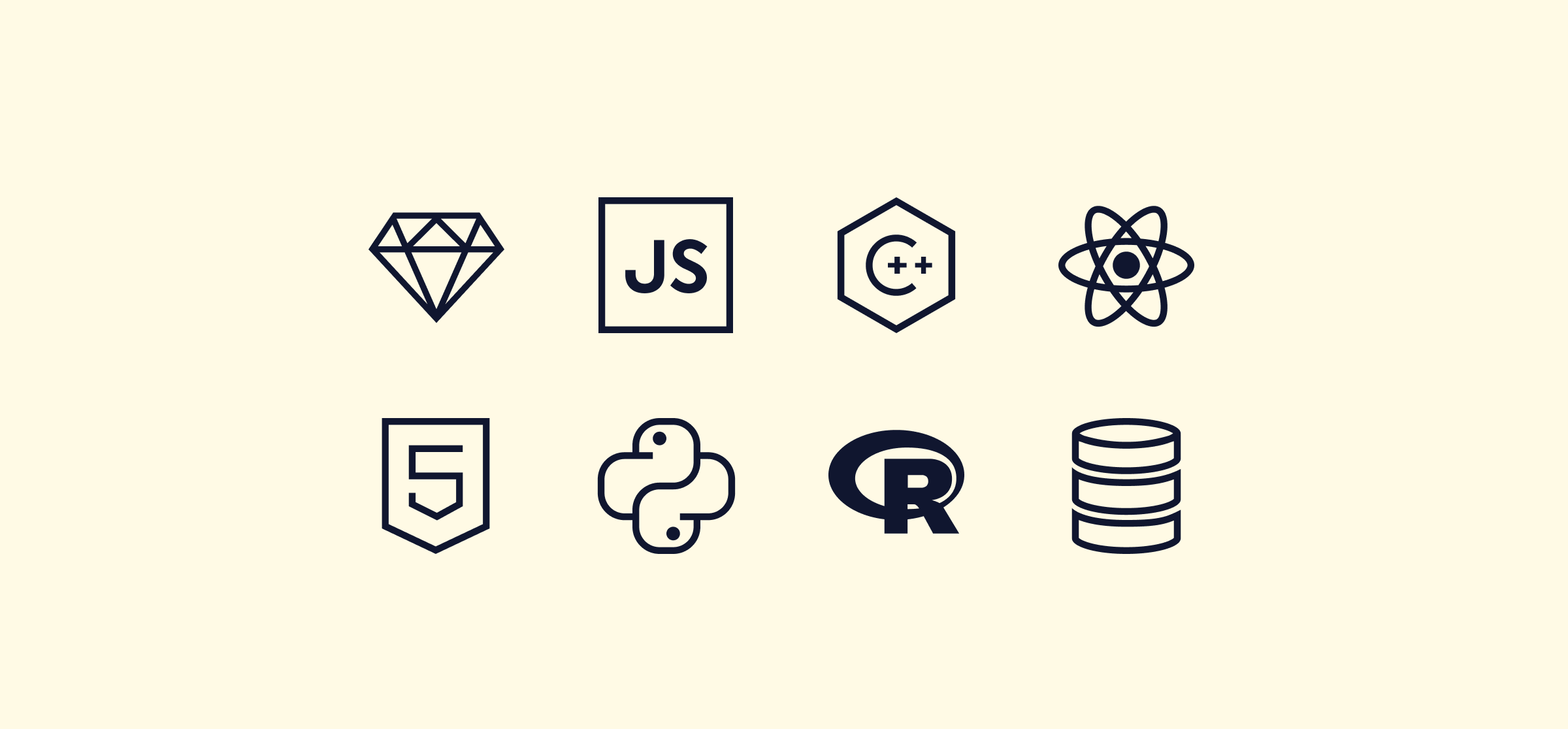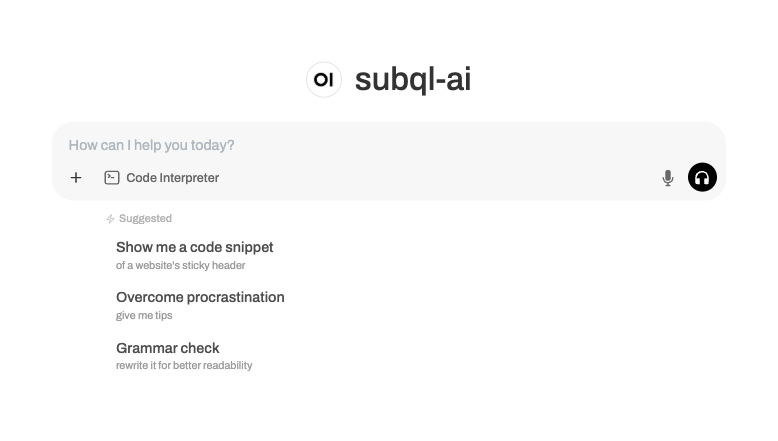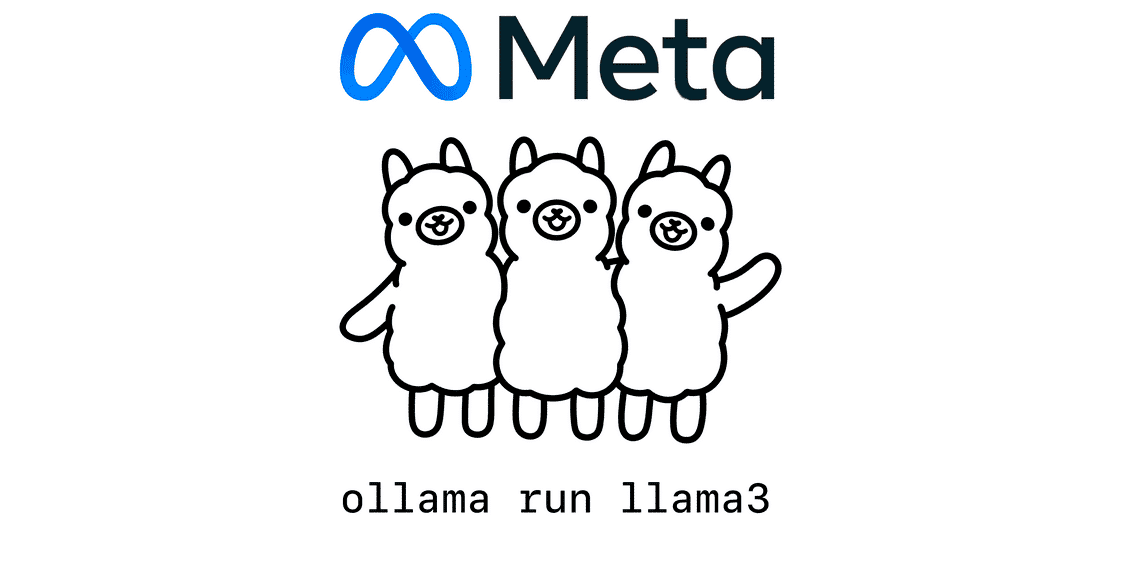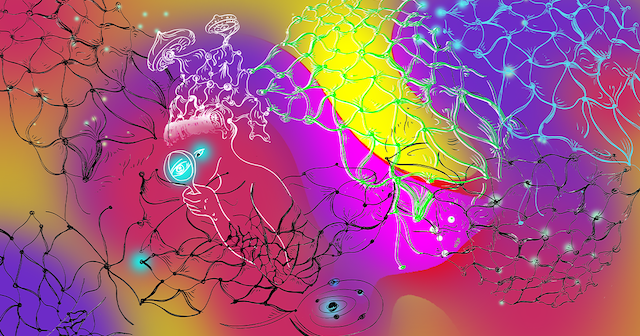Mysten Labs Unveils Decentralized Storage Protocol Walrus
The post Mysten Labs Unveils Decentralized Storage Protocol Walrus appeared on BitcoinEthereumNews.com. Mysten Labs has taken the wraps off its decentralized storage and data availability protocol Walrus, at its Sui Builder House event in Singapore. “Recognizing the importance of data and the lack of storage innovation in recent years, Mysten has chosen decentralized storage as the next key area to tackle to make Web3 a reality,” Janet Wu, Director of Product at Mysten Labs, told Decrypt. The release of the Walrus whitepaper and the announcement of the upcoming WAL token will see the project move to the next stage of its development, following its devnet launch in June 2024. The decentralized storage platform “unlocks Web3 for applications such as social networks with rich content requirements, collaborative platforms such as GDocs, and AI training with data provenance guarantees,” said Mysten Labs researcher Lefteris Kokoris-Kogias in a tweet. Decentralized storage enables data to be “stored across multiple nodes, providing robust resistance to censorship and enhanced reliability,” Kokoris-Kogias explained. Walrus is a “next-generation” decentralized storage platform, Sui Product Marketing Manager Casson Rosenblatt told Decrypt. Built atop layer-1 network Sui, Walrus stores data as files called “blobs.” At its heart is a new data encoding algorithm, Red Stuff—leveraging a novel algorithm based on fountain codes, whose simplicity “allows for the encoding of large files in a single pass, resulting in significantly faster processing,” according to the Walrus whitepaper. WAL tokenomics During a presentation, Janet Wu, Director of Product at Mysten Labs, explained the tokenomics behind Walrus’ proof of stake token WAL. WAL’s staking model enables nodes to receive data in proportion to their relative stake, Wu explained, with storage prices set collectively by storage nodes and payments from users passing back to stakers in the form of staking rewards. Attestation sees storage nodes undertake “asynchronous data challenges” in order to ensure they retain data, with their…

The post Mysten Labs Unveils Decentralized Storage Protocol Walrus appeared on BitcoinEthereumNews.com.
Mysten Labs has taken the wraps off its decentralized storage and data availability protocol Walrus, at its Sui Builder House event in Singapore. “Recognizing the importance of data and the lack of storage innovation in recent years, Mysten has chosen decentralized storage as the next key area to tackle to make Web3 a reality,” Janet Wu, Director of Product at Mysten Labs, told Decrypt. The release of the Walrus whitepaper and the announcement of the upcoming WAL token will see the project move to the next stage of its development, following its devnet launch in June 2024. The decentralized storage platform “unlocks Web3 for applications such as social networks with rich content requirements, collaborative platforms such as GDocs, and AI training with data provenance guarantees,” said Mysten Labs researcher Lefteris Kokoris-Kogias in a tweet. Decentralized storage enables data to be “stored across multiple nodes, providing robust resistance to censorship and enhanced reliability,” Kokoris-Kogias explained. Walrus is a “next-generation” decentralized storage platform, Sui Product Marketing Manager Casson Rosenblatt told Decrypt. Built atop layer-1 network Sui, Walrus stores data as files called “blobs.” At its heart is a new data encoding algorithm, Red Stuff—leveraging a novel algorithm based on fountain codes, whose simplicity “allows for the encoding of large files in a single pass, resulting in significantly faster processing,” according to the Walrus whitepaper. WAL tokenomics During a presentation, Janet Wu, Director of Product at Mysten Labs, explained the tokenomics behind Walrus’ proof of stake token WAL. WAL’s staking model enables nodes to receive data in proportion to their relative stake, Wu explained, with storage prices set collectively by storage nodes and payments from users passing back to stakers in the form of staking rewards. Attestation sees storage nodes undertake “asynchronous data challenges” in order to ensure they retain data, with their…
What's Your Reaction?








































.png)











































